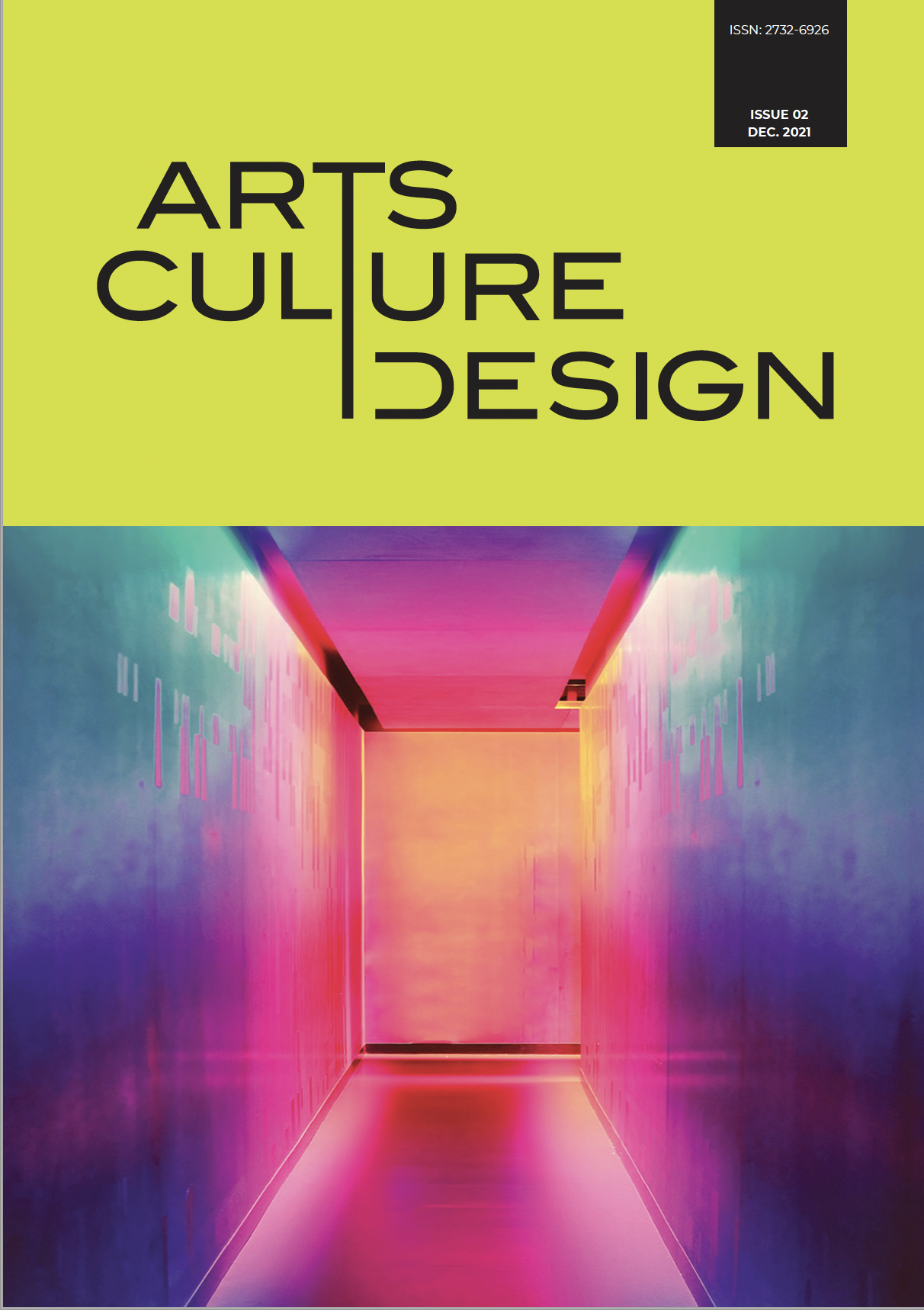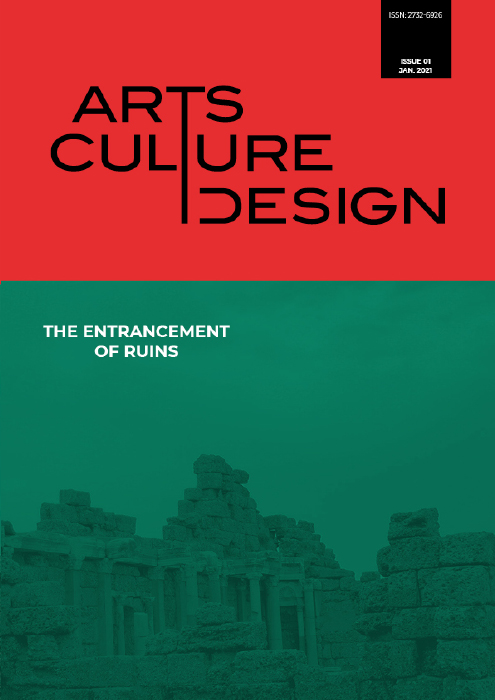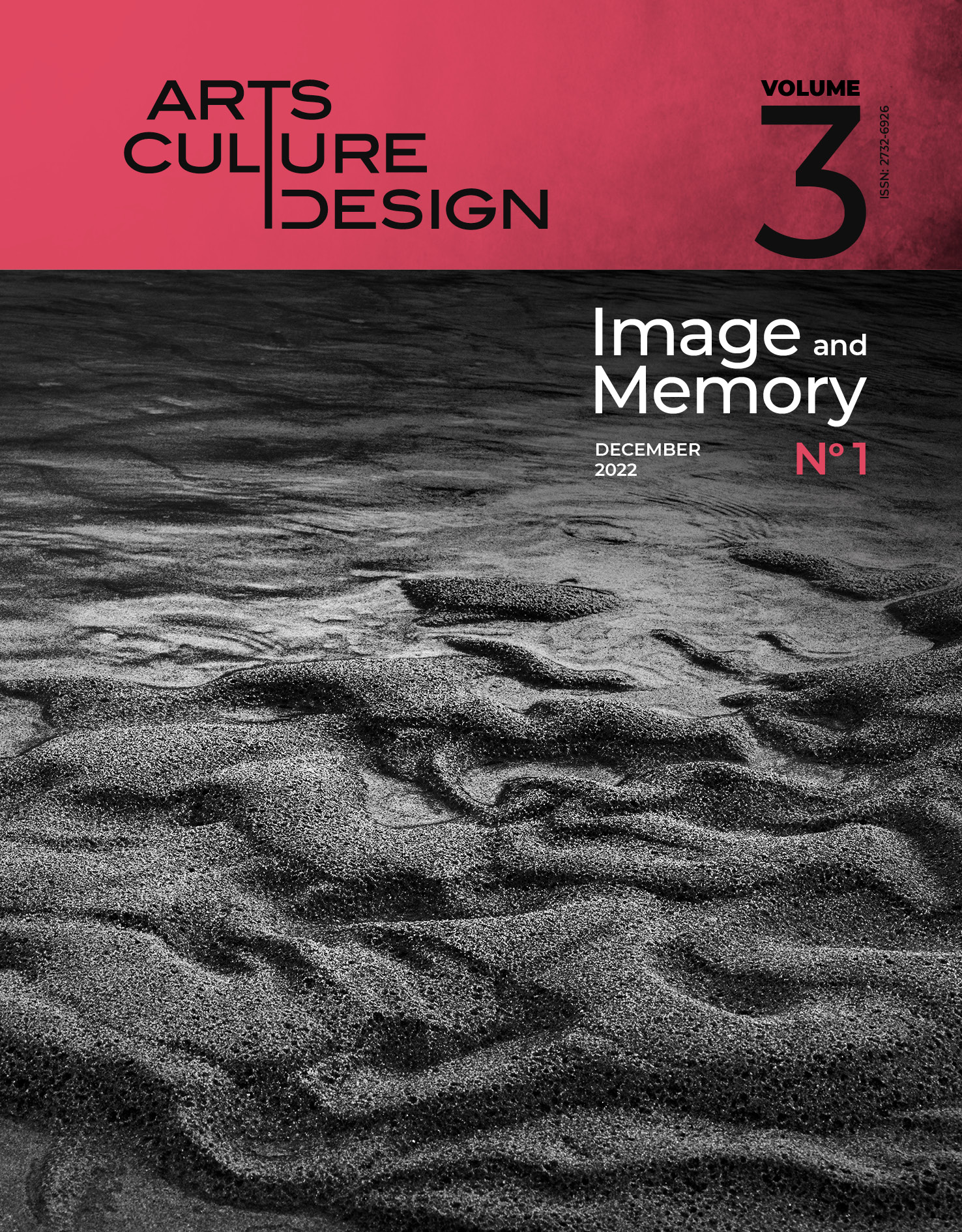THE INTERMEDIATE SPACE
Abstract
Starting from the question of why things have a form, we develop the concept of the “Intermediate Space” as a procedure during which the “thing” assumes its form as a word or as a picture. However, this intermediate space can constitute itself its final form.
Looking into, in the first place, the concept of the “Intermediate Space” as a basic structural function of psychopathology, we focus, later, on three examples on which we base our aspect.
The Garden as the “Intermediate Space” of the countryside-city/nature-civilisation, unconscious-conscious.
The Architecture as the “Intermediate Space” between matter and spirit as for its agony to be art. In this unit, after the initial observations, there is a focus on the concepts of “rurbain” and the “ladder”.
“Non finito” in art where the route of the “thing” to its form as art crystallizes before its final shaping. Towards this, we look into different appearances of art and we expand on relevant philosophical comments.
In the final part of our study, we attempt through questions an elevation of the human's life to a “Non finito” work.
The “thing”, as far as this study is concerned, has to be heard in the concept of the lacanian topology and the freudian “Das Ding”.
Article Details
- Zitationsvorschlag
-
Kangelaris, F. (2022). THE INTERMEDIATE SPACE. Design/Arts/Culture, 2. https://doi.org/10.12681/dac.27416
- Ausgabe
- Bd. 2 (2021)
- Rubrik
- Articles
The copyright for articles in this journal is retained by the author(s), with first publication rights granted to the journal. By virtue of their appearance in this open access journal, articles are free to use (with the exception of the non-granted right to make derivative works) with proper attribution for non-commercial uses (licence Creative Commons 4.0). EKT/NHRF retains the worldwide right to reproduce, display, distribute, and use articles published in DAC in all formats and media, either separately or as part of collective works for the full term of copyright. This includes but is not limited to the right to publish articles in an issue of the Journal, copy and distribute individual reprints of the articles, authorize reproduction of articles in their entirety in another EKT/NHRF publication, and authorize reproduction and distribution of articles or abstracts thereof by means of computerized retrieval systems.
DAC journal considers all submitted artwork on the condition author(s) confirm that third-party intellectual property rights are not violated in any way.
Author(s) are responsible for securing permissions to publish copyrighted material, such as photographs and other artwork and for paying any fees involved. Production of an article will not begin until the editor has received all relevant permissions.
The copyright for published articles in Design | Arts | Culture is retained by the author(s). By virtue of their appearance in this open access journal, articles can be used freely, with proper attribution, for educational and other non-commercial purposes.





